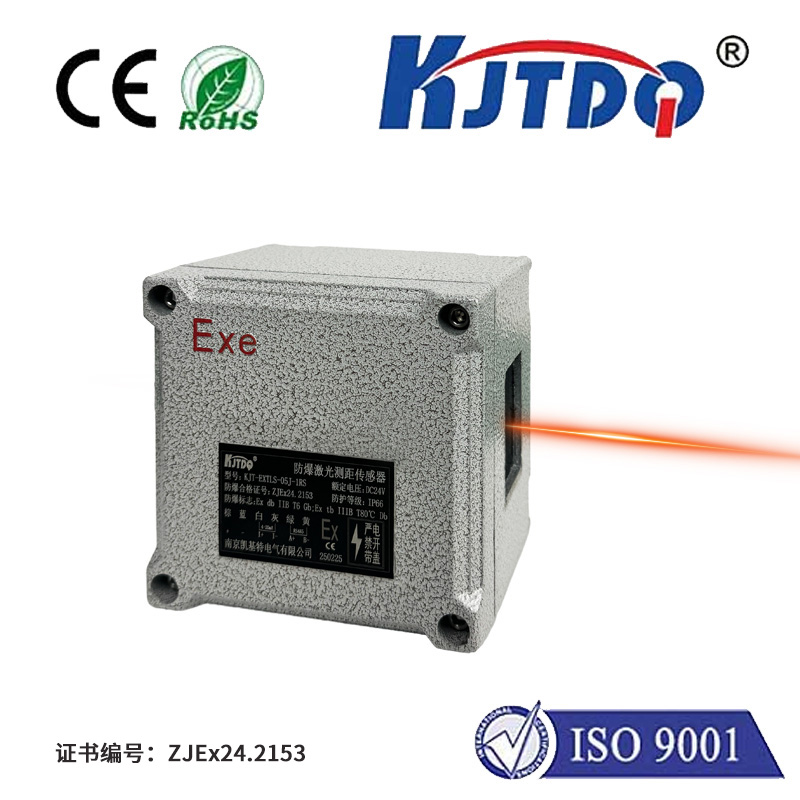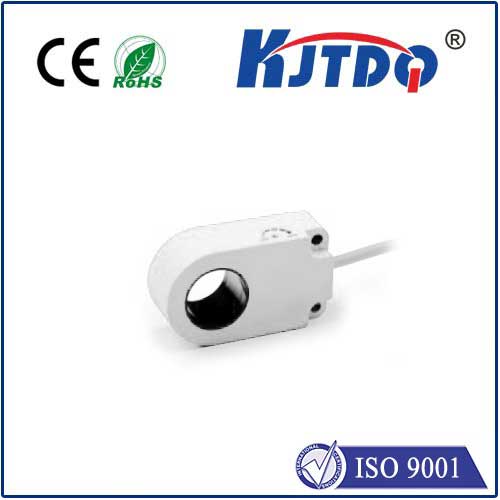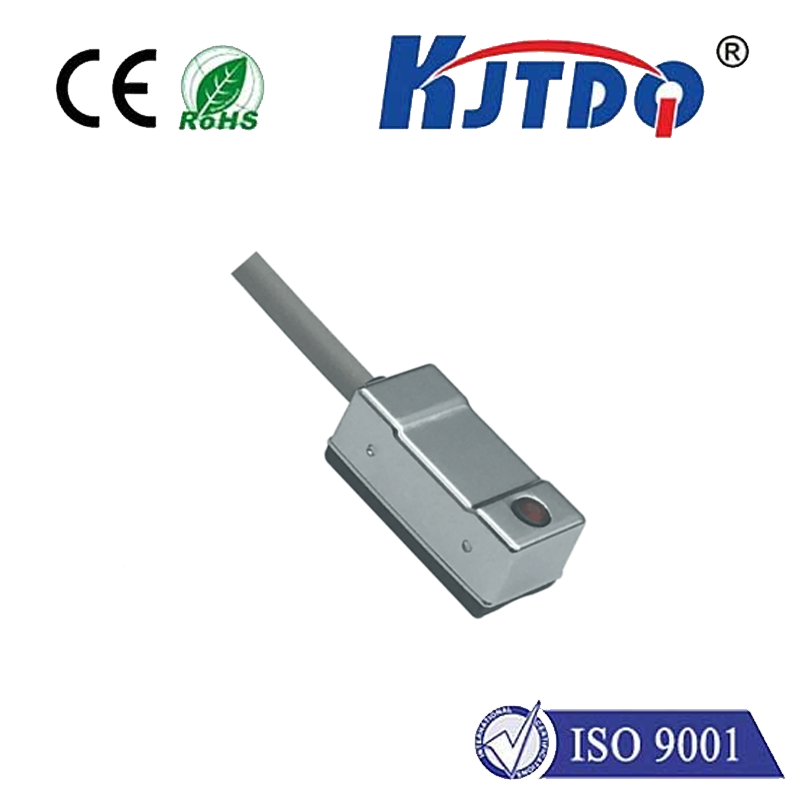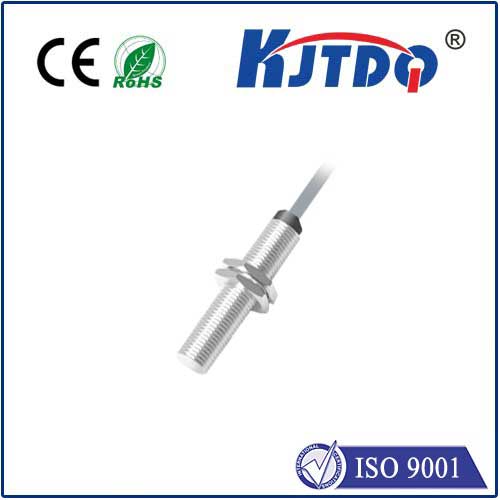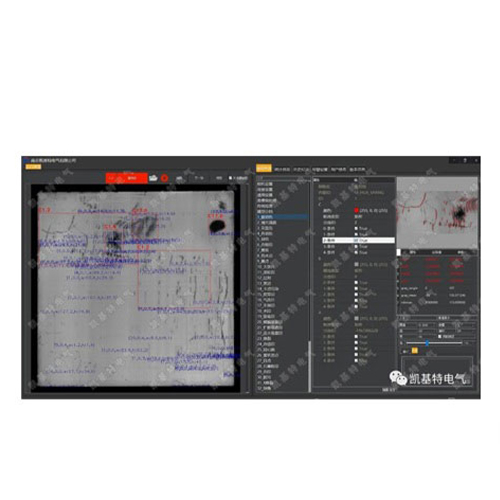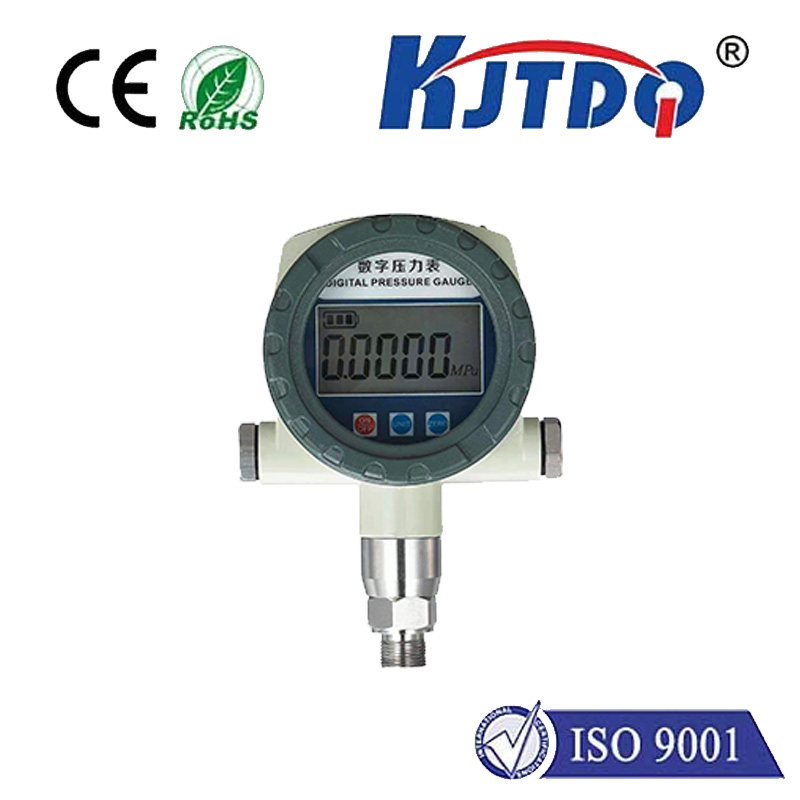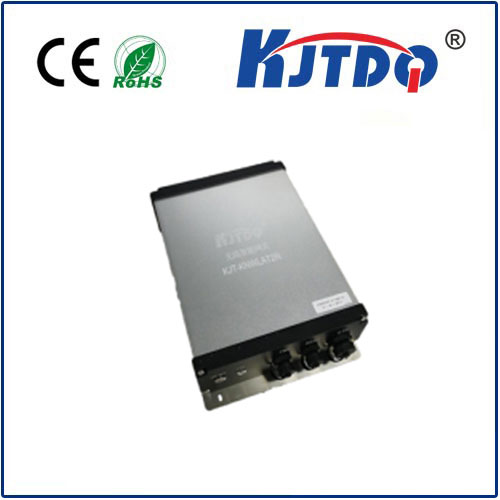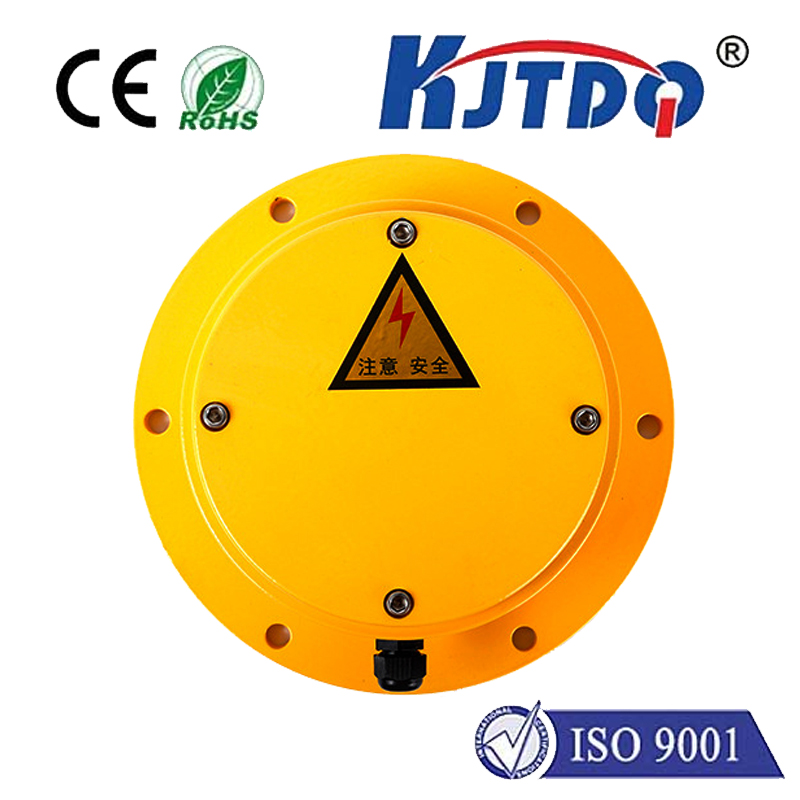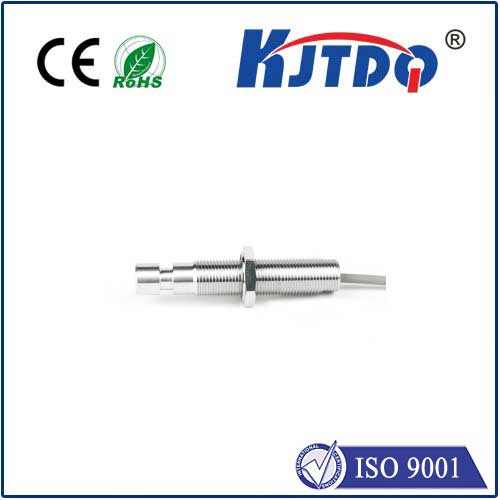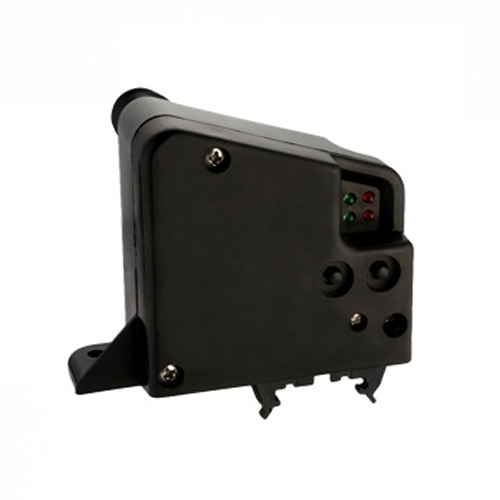BES0235 proximity sensor
- time:2025-10-17 05:48:04
- Click:0
Unlock Precision & Reliability: The Essential Guide to the BES0235 Proximity Sensor
Imagine a high-speed assembly line humming with activity. Robotic arms move with uncanny precision, components seamlessly slot into place, and the entire process flows uninterrupted. What unseen guardian ensures metal parts don’t collide, positions are confirmed accurately, and delicate automation dances flawlessly? Often, it’s a workhorse component like the BES0235 Proximity Sensor. More than just another part number, this sensor represents a critical link in the chain of reliable industrial automation, silently performing its duty in harsh environments where failure is not an option.
Understanding the BES0235: More Than Just a Component
The designation “BES0235” signifies a specific model within a family of inductive proximity sensors. These are fundamental electronic devices designed to detect the presence or absence of metallic objects without physical contact. They achieve this through an electromagnetic field principle. Inside the sensor housing lies an oscillator circuit generating a high-frequency electromagnetic field at the sensor’s active face. When a metal object (the “target”) enters this field, it induces eddy currents within the metal. These currents absorb energy from the oscillator, causing a measurable change in its amplitude or frequency. The sensor’s integrated circuitry detects this change and triggers an output signal – typically a simple ON/OFF switch – alerting the control system to the object’s presence.
The BES0235 Proximity Sensor, therefore, is a particular implementation of this technology, engineered with specific dimensions, sensing ranges, electrical characteristics, and environmental robustness tailored for industrial applications. Its model number acts like a unique fingerprint, distinguishing its performance profile from other sensors in its class.
Why the BES0235 Stands Out in Industrial Landscapes

While many proximity sensors exist, the BES0235 often finds favor due to characteristics that make it exceptionally suitable for demanding automation environments:
- Robust Construction: Designed for the rigors of factory floors, the BES0235 typically features a sturdy housing – often nickel-plated brass or stainless steel – offering excellent resistance to impacts, vibrations, and exposure to common industrial coolants, oils, and dust.
- Reliable Sensing Performance: It delivers consistent and accurate detection of ferrous and non-ferrous metals within its specified sensing range. This repeatability is paramount for processes requiring precise positioning or counting.
- Shielded Design: Most variants of the BES0235 are shielded (magnetic field focused frontally). This characteristic is crucial for flush mounting – embedding the sensor directly into metal structures without losing sensing range or experiencing interference from surrounding metallic objects.
- Environmental Resilience: Engineered to operate reliably across a wide temperature range and capable of handling voltage fluctuations common in industrial settings, this proximity sensor minimizes downtime.
- Simple Integration: Featuring a standard PNP or NPN transistor output (depending on the specific variant), the BES0235 integrates seamlessly with Programmable Logic Controllers (PLCs), motor controllers, and other industrial control systems. Its typically M12 or M8 threaded barrel design allows for easy mounting.
Core Applications: Where the BES0235 Proves Its Worth
The BES0235 Proximity Sensor isn’t a niche player; it’s a versatile component deployed across numerous industrial sectors:
- Position Verification: Confirming the presence or absence of parts on a conveyor belt, verifying cylinder end positions in pneumatic/hydraulic systems, checking if a machine door is securely closed.
- Object Counting: Accurately tallying products, bottles, cans, or components moving past a fixed point on a production line.
- Speed Monitoring: Detecting teeth on rotating gears or sprockets to calculate rotational speed (RPM) for process control or fault detection.
- End-of-Travel Detection: Safely signalling when a moving part (like a robotic arm or a linear slide) has reached its programmed limit, preventing mechanical damage or over-travel.
- Material Handling: Monitoring pallet positions, detecting the presence of totes or bins, and confirming the correct loading of machinery.
- Machine Safety: Contributing to safety interlocks by verifying guards are in place before machinery can operate.
Key Considerations for Optimal Use of the BES0235
To leverage the full potential of the BES0235 Proximity Sensor, understanding a few critical factors is essential:
- Sensing Range (Sn): This denotes the nominal distance at which the sensor can reliably detect a standard target (usually a 1mm thick square iron plate). Never operate the sensor continuously at its maximum rated distance. For consistent reliability, operate within 70-80% of its specified Sn.
- Target Material: While designed primarily for metals, the sensing distance varies significantly based on the target’s material properties. Ferrous metals (like iron, steel) offer the longest sensing range. Non-ferrous metals (aluminum, brass, copper) are also detectable but typically require a reduced sensing distance factor (e.g., Sn x 0.3 to 0.5). Non-metallic objects are generally not detectable by inductive sensors like the BES0235. Always consult the datasheet for correction factors.
- Target Size: The target should be at least equal to the sensor’s face diameter for optimal performance. Significantly smaller targets will reduce the effective sensing range.
- Mounting: The shielded design allows for flush mounting in metal. For non-flush mounting (surrounded by free space), unshielded sensors might offer slightly longer ranges, but the shielded BES0235 provides crucial immunity to adjacent metal interference. Ensure proper mounting torque to avoid damage.
- Electrical Connection: Pay close attention to the voltage rating (commonly 10-30V DC) and output type (PNP normally open/closed or NPN normally open/closed). Choosing the correct configuration matching your control system is vital. Mismatched wiring can damage the sensor or the controller.
- Environment: While robust, verify the sensor’s IP rating (e.g., IP67) against the specific environmental conditions (dust, water immersion, temperature extremes, chemical exposure) of your application.
Ensuring Long-Term Reliability: Installation and Maintenance
Proper installation is the first step toward maximizing the lifespan and accuracy of your BES0235:
- Clean Environment: Mount the sensor away from excessive weld spatter, metal chips, or conductive dust buildup on its face. These contaminants can significantly reduce sensing range or cause false triggering.
- Secure Mounting: Use the appropriate mounting bracket or nut, tightening to the manufacturer’s specified torque. Avoid excessive force that could distort the housing. Ensure the sensor is rigidly fixed to minimize vibration impacts.
- Correct Wiring: Double-check the wiring diagram for the specific BES0235 variant (+, -, output). Use shielded cable for longer runs or in electrically noisy environments, grounding the shield properly at the controller end. Protect cables from abrasion and pinch points.
- Adequate Clearance: Maintain sufficient distance from other sensors or large metal structures to prevent mutual interference, especially important when mounting multiple sensors in close proximity.
Maintenance is relatively minimal but crucial:
- Regular Inspection: Periodically check the sensor face for dirt, debris, or damage. Clean gently with a soft cloth if necessary. Avoid abrasive cleaners.
- Secure Connections: Verify terminal blocks and cable glands remain tight to prevent intermittent connections.
- Functionality Check: Incorporate sensor status monitoring into your machine diagnostics where possible.
**The BES0235:






